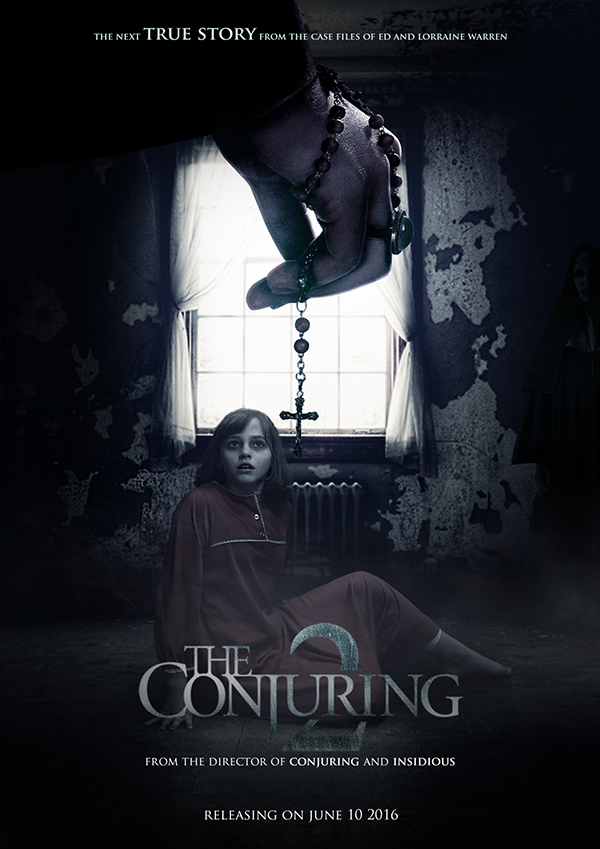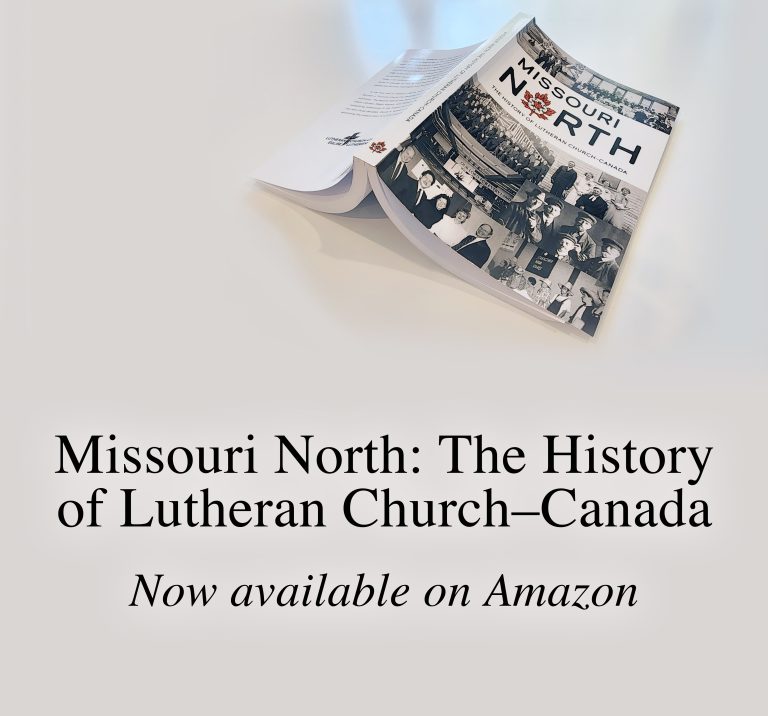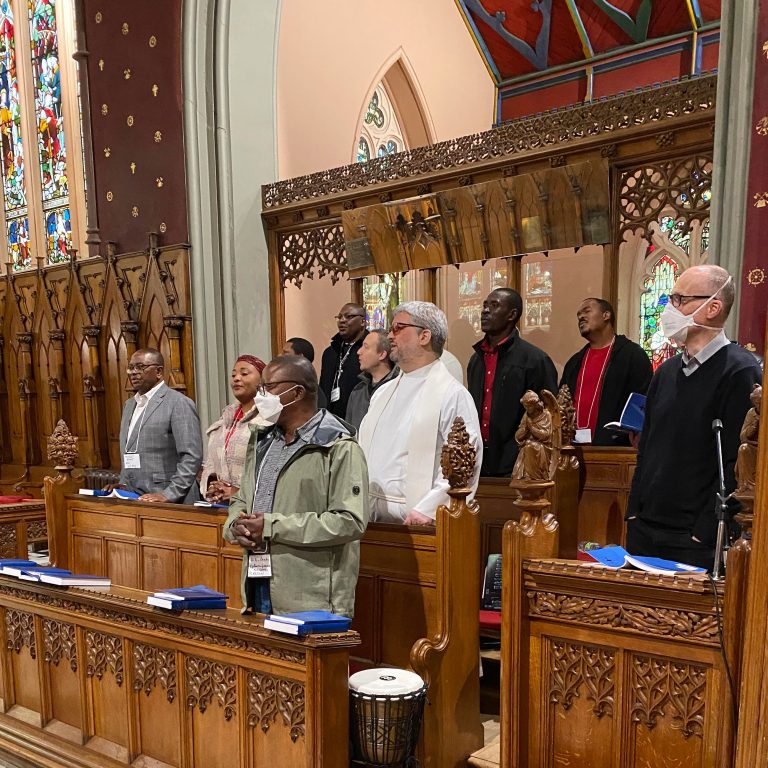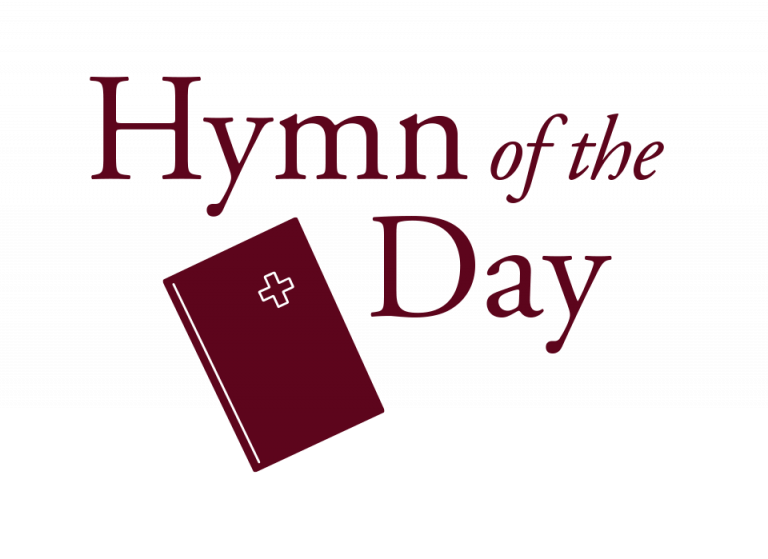The Conjuring 2: A scary religion roller coaster
by Ted Giese
 Horror films are not for everyone and neither are roller coasters. A “good” horror film is like a good roller coaster—it has twists and turns and loops in just the right spots. With The Conjuring 2, Director James Wan has constructed a roller coaster of a film with pacing that provides a scare in almost every scene. Just be careful not to get caught up in the film’s claim to be “based on a true story.”
Horror films are not for everyone and neither are roller coasters. A “good” horror film is like a good roller coaster—it has twists and turns and loops in just the right spots. With The Conjuring 2, Director James Wan has constructed a roller coaster of a film with pacing that provides a scare in almost every scene. Just be careful not to get caught up in the film’s claim to be “based on a true story.”
In this installment, Ed and Lorraine Warren are called into action by a representative of the Roman Catholic Church to investigate claims of paranormal activities swirling around the Hodgson family home in Enfield, UK. Set in 1977, The Conjuring 2 opens with scenes depicting the Warren’s investigation in Amityville, New York (an investigation that brought them their initial notoriety) and as the film unfolds it becomes apparent the Warrens have some paranormal baggage of their own. The writers of the film carefully weave the Warren’s story into the Enfield Poltergeist haunting investigation story.
Viewers with an interest in the topic who are looking for more than the cheap and easy bumps and scares of a carnival roller coaster ride will want to note that in actuality Ed and Lorraine Warren had practically nothing to do with the Hodgson family or the investigation of the claims of harassing and malevolent supernatural activity at their house. In fact, the real-life Society for Psychical Research investigator Guy Lyon Playfair only remembered them being at the Hodgson home for a day or two, and during that time Ed Warren had offered to help him make a lot of money off of the investigation—an offer Playfair declined.
Over and over the accusation emerges that this real life couple were opportunistic and exploitative of the people they encountered and the paranormal investigations they were involved in. Keep this in mind as both The Conjuring and The Conjuring 2 present Ed and Lorraine Warren as sincere individuals willing to risk their lives for others. Sharp audiences will need to account for the disconnect between the way in which these films depict this notorious couple and the real-life reports of their motivations and activities.
The Conjuring 2 then is a highly fictionalized presentation of events. Yes, Peggy Hodgson and her four children lived in Enfield. Yes, an eye witness report was filed by local police about mysterious moving furniture in the home. Yes, in 1977 the Society for Psychical Research really investigated their claims. And yes, Ed and Lorraine Warren were real people. But Abraham Lincoln was a real person too; that doesn’t mean films like Abraham Lincoln: Vampire Hunter are accurate depictions of his life. It is important to remember that The Conjuring films are not documentaries but finely-crafted manipulative roller coaster rides intended to make audiences squirm in their seats.
It is important to remember that The Conjuring films are not documentaries but finely-crafted manipulative roller coaster rides intended to make audiences squirm in their seats.
The demonic possession depicted in the film centers on eleven-year-old Janet Hodgson. After she and older sister Margaret, who share a room, ask questions of the spirits using a hand-made Ouija Board, Janet begins hearing noises in the night and begins sleepwalking and holding conversations while asleep with something in the shadows.[i] Margaret witnesses some of these things. Eventually inanimate objects start moving around the house and Janet, with an uncharacteristically low gravelly voice, introduces the ghost of Bill Wilkins, a former resident of the house who’d died sitting in a chair in the front room — an historical detail it is supposed Janet couldn’t have known. Add to the creepy factor that the chair in which Mr. Wilkins died came with the house and the stage is set for all the thrills and chills that come with this sort of film. Soon toys come to life, children are levitating, and everyone is running and screaming over to the neighbour’s house for safety.
As with the Perron family in The Conjuring, the Hodgson family in The Conjuring 2 are not portrayed as particularly religious; there are no mealtime prayers or other daily prayers, they don’t attend church services and they treat things like crosses, given by well-meaning neighbours, in a superstitious way—simply hoping that putting them up on the wall in the girl’s room would help their cause. While Lorraine Warren is shown reading her Bible and Ed is frequently shown with a small necklace crucifix that he wears and pulls out for protection at times, generally the Warrens come off as more superstitious than religious in the film. This is a big tip-off as to how the film portrays Christianity.
By using the horror film convention of subverting the familiar to create unease Wan tweaks almost everything to do with historic Christianity to make it potentially creepy to his audience. For example, he uses what should be happy Christmas carols during ominous moments, juxtaposing these elements to ramp up dissonant tension in key scenes. He even incorporates a demon dressed as a Catholic nun throughout the film. This is rather low-hanging fruit as the trope of the scary nun has been around for a long time.
From a Christian perspective these things could be forgiven had the film presented the true Christian message as applicable to the supernatural world and life after death. Because the Warrens are portrayed as devout Roman Catholics in the film, it would be natural that a presentation of the Gospel could happen. It doesn’t. So what viewers are left with is Christianity used for effect and without substance. This isn’t to say that questions revolving around the topic of the supernatural world and life after death aren’t a key part of the film, but rather that Christian substance isn’t brought to bear on the question.
A perfect moment for the presentation of the Gospel would have been between Lorraine Warren and the Society for Psychical Research investigator Maurice Grosse. Grosse is presented as someone who desperately wants proof of life after death. In the film, as in real life, Grosse was grieving the loss of his daughter and his involvement in paranormal investigation was grounded in his hope for proof that her disembodied spirit could have carried on after her death. Lorraine Warren could have mentioned the resurrection of Jesus as better evidence of life after death than anything they could have collected on tape recordings of alleged demonic possession. At another point, Ed Warren gives his prized crucifix necklace to the young girl Janet but does so in a way that turns the crucifix into a lucky charm. When he gives it to her he could have said something as simple as, “Do you know who this is? It’s Jesus. He’s already defeated the devil and death; trust in Him.”
In The Conjuring the Warrens asked the Perron family if their children were baptized. In The Conjuring 2 no such question is asked. This is a significant omission since in times of spiritual struggle Christians are to remember their baptism. In the Small Catechism, Martin Luther encourages the baptised to remember their baptism every day by making the sign of the cross and saying, “In the name of the Father and of the Son and of the Holy Spirit.” While the Triune name of God is invoked by the Warrens in the film it is portrayed as more superstitious than religious. Movies like these are often not interested in the substance of Christian theology opting rather for an unsophisticated presentation the Christian faith. The Conjuring 2 is no exception.
This isn’t to say, however, that the film as a whole is unsophisticated. Wan does an admirable and sophisticated job encouraging the audience to embrace Ed and Lorraine Warren’s story by portraying them as genuine characters while cleverly weaving a romantic story line for them. Early in the film, with their credibility poked at by sceptics, they are presented as underdogs. And of course everyone wants to see the underdog succeed and true love to flourish.
The Christian faith is about as integral to this film as the “theme” of a roller coaster is to the roller coaster itself; it’s more of an excuse for the ride.
When standing in line for a roller coaster people know they are about to get manipulated into moments of terror and fright. Yet there they are, standing in line, and while there are always some who have been pressured into going on the ride they eventually realize roller coasters just aren’t for them. Movies like The Conjuring 2 are just like the roller coaster and will be best enjoyed by those who enjoy a good scare-induced jump. Don’t however expect that The Conjuring 2 has anything profound to add to the exploration or understanding of Christianity. The Christian faith is about as integral to this film as the “theme” of a roller coaster is to the roller coaster itself; it’s more of an excuse for the ride. And while Scripture includes various accounts of supernatural activity that the Christian will confess to be true these films by James Wan tend to be more interested in the art of the fright and scaring up financial returns than they are in presenting the truth.
———————
Rev. Ted Giese is associate pastor of Mount Olive Lutheran Church (Regina, Saskatchewan). He is a contributor to Reformation Rush Hour on KFUO AM Radio, The Canadian Lutheran, and the LCMS Reporter, as well as movie reviewer for the “Issues, Etc.” radio program. Follow him on Twitter @RevTedGiese.
[i] Editor’s Note: Whatever else the film gets right, its depiction of the dangers of the Ouija board and playing with the Occult are accurate.





